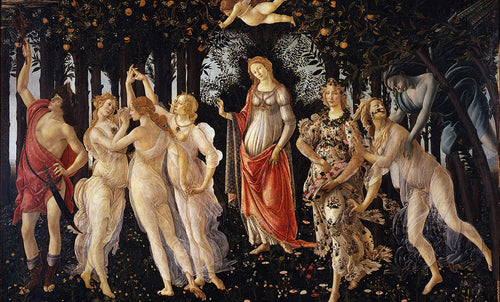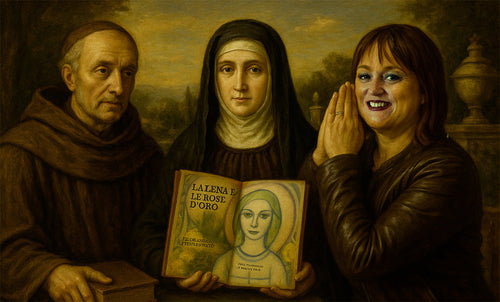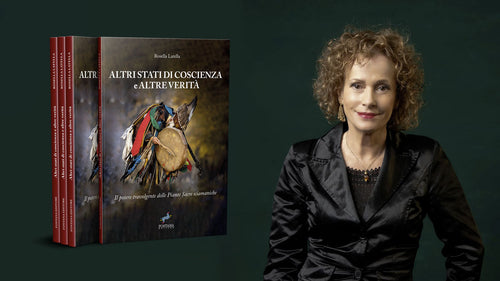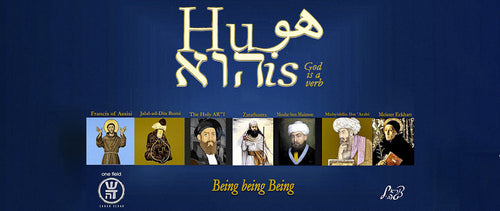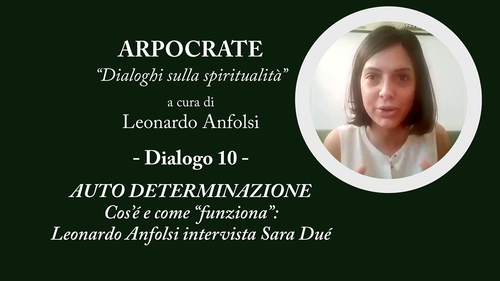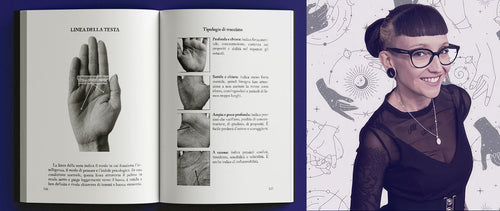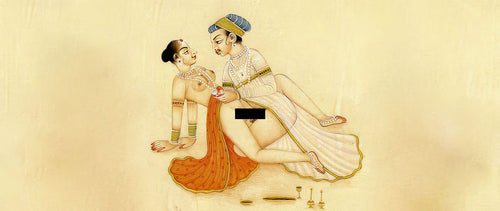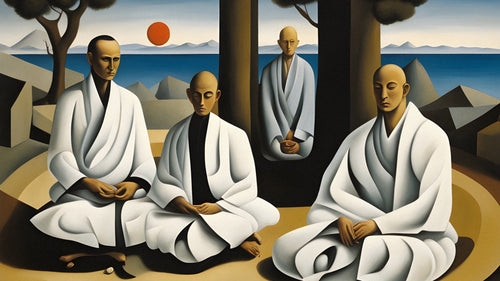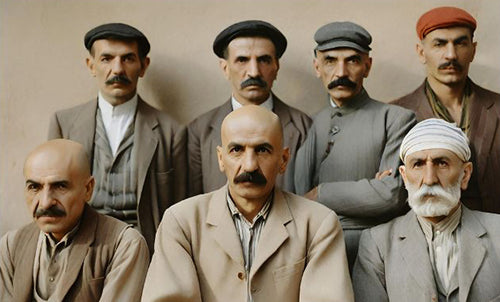
Philosophical transactions II
Leonardo AnfolsiWe have seen how the famous Philosophical Transaction review’s issues - that we alchemists can still use to get many operational information - were reports of research and scientific insights that began to be published even before the founding of the Royal Society, and we have seen how these notes, handwritten at first, came from a circle of philosophers-scientists such as Hartlibb and Boyle - who were inspired by Newton along with Starkey - as well as Ashmole and the son of the celebrated alchemist William Oughtred,[2] whom we will discuss in the next issue, given that he was a keen observer of the formation of the philosophical mercury through the dew, theme that Fleischer commented abundantly in one of his texts, to the point to become a commentator of Ougthred’s research.[3]
First of all, when writing about the Royal Society and all other organizations derived from the Philosophical Transactions, we must recognize how they first responded to a genuine need for knowledge and sharing and finally ending up being centers of power, a kind of new bourgeois nobility that through science began to rule the social life of Europe, and that we might see it as part of that process described by Paracelsus prophecy about Elias Artist, and the comments that Van Helmont made about it.[4]
Typical of those times was the word “esquire”, which began to designate someone who was not only a landowner but also distinguished in the field of law or science in general. Robert Fludd wanted to be portrayed giving himself the title of ARMIGER, that means “a person entitled to use a heraldic achievement” therefore wanting to state that he was an esquire, that’s all.

Elias Ashmole, who donated to Oxford his vast and varied collection of antiquities, was considered to be the “first” speculative Freemason, that is the first to take up the legacy of symbols and theories that are the base of the traditional ancient masonry guild. So Ashmole was one of the original founders of the Grand Lodge of England, who based their social intervention - in a difficult political situation - on the rituals of the cathedral builders, but also on those of the simple masons, who thus marked the steps of grade in their art, at the same time conveying knowledge by bringing it closer to everybody’s life of thought and spirit, regardless of any religious or political affiliation. All this using symbols, rituals, psychodrama, degrees, secrecy and philosophical approach to any topic.
Ashmole, as a Windsor Herald, proposed the design for the coat of Arms of the Royal Society, of which he was elected a member in January 1661, a few months after the Society’s foundation.
The drawing shows a shield divided into two, the upper half with the Royal coat of arms on the top lefthand side. A hand coming out from a folded sleeve holds a plumb rule between thumb and index finger descending into the lower half of the arms.
In the banner the legend “Rerum Cognoscere Causas”, from Virgil’s full sentence felix qui potuit rerum cognoscere causas, which translates “Happy the man who could learn the causes of things”. The other members did not approve it.
We have already mentioned Robert Boyle and in future we will certainly discuss again his relationship with George Starkey.
We promised to reveal the reason of Newton ’s gray hair, and here it is: Newton was, certainly an operating alchemist very involved in the study and laboratory testing, but he also had a sharp temper and, above all, hated being questioned about his work: indeed, against his friends’ advice, he continued to experiment on mercury (Hg), not realizing that that word described a completely different substance, and he ended up in getting intoxicated by it.
We will talk again about Isaac Newton because there is still so much more to say about him; meanwhile, we must observe that in that middle measures context, concerned with our common perception of facts regarding for example the table, the chair and the window, his general theory of universal gravitation is - somehow- still valid today. It is good to remember this, even if I, like many others, I have the desire to avoid similar theories concerning the Chief Systems, whatever they are, hermetizing or nobelizing ones, we could not care less; we empiricists avoid those theories, and proceed further.
Theories are, for me, an help to better understand experiences, not the contrary.
A century later a new phenomena occurred on the pages of the philosophical transactions: for the first time women appeared there.
Mary Fairfax Somerville (1780 - 1872) a Scottish science writer divulging science, who also studied mathematics, economy, astronomy and trailed for a while in an area that went from alchemy to modern chemistry, helping Michael Faraday to study the absorption of light by different materials, using as a paradigm the degree of darkening of silver chloride; then, with her writings on the Philosophical Transactions, made possible the discovery of the planet Neptune. Here is the portrait engraved in the Scottish £ 10 bill, compared to the painting from which it was taken.

Her male colleagues were incredulous and astonished admired her for her sweetness and grace, as well as for her fast and sharp multi faceted mind.
“Nothing has afforded me so convincing a proof of the unity of the Deity as these purely mental conceptions of numerical and mathematical science.”
Being the wife of William Somerville FRS^ she moved freely in Victorian scientific circles and was a friend of the Herschels, Faraday, Charles Babbage, Maria Mitchell, Jane Marcet and Ada Byron. Ada, incidentally, was the poet’s beautiful, headstrong daughter, a considerable mathematician in her own right. She had first explored the theories of Babbage concerning his famous “analytical engine”, by adding her own highly original and technical commentary to a review of his work (which she translated from French). Though rightly credited with a share in inventing the modern computer, Ada never risked producing a piece of popular science of the sort Mary Somerville was considering.
As we said, she carried out experiments on magnetism and presented her paper “The Magnetic Properties of the Violet Rays of the Solar Spectrum” to the Royal Society gaining considerable attention; together with the Herschel’s astronomical observations, this was one of the first paper to be read to the Royal Society by a women and then published in its Philosophical Transactions.
She also popularized Newton ’s Principia and published On the Connection of the Physical Sciences (1834), Physical Geography (1848), and Molecular and Microscopic Science (1869), receiving honorary memberships to various distinguished European scientific organizations, including eleven Italian academic societies, where he was welcomed triumphantly.

Undaunted, Maria pressed on to meet Mary Somerville, the great object of her tour, who now lived in Rome. She was disconcerted to find the Vatican observatory closed to women after dark, a distinct setback for a professional astronomer. (“I was told that Mrs Somerville, the most learned woman in all Europe, had been denied admission – she could not enter an observatory that was at the same time a monastery.”)
She was captivated by Mary Somerville, both by her directness and her fantastic range of interests.
“Mrs Somerville’s conversation was marked by great simplicity, with no tendency towards the essay style. She touched upon the recent discoveries in chemistry, the discovery of gold in California, the nebulae, the comets, the satellites, the planets…” To Maria’s satisfaction, she also “spoke disapprovingly of Dr Whewell’s attempt to prove that our planet was the only one inhabited by reasoning beings…”
Maria later wrote an essay in Mary Somerville’s praise. Like her heroine, Maria identified with the anti-slavery cause and the female suffragist movements. But being a generation younger, Maria Mitchell was far more assertive than Mary Somerville about the vital importance of women actually doing science. In fact, she took the Royal Society’s motto, Nullius in verba (“Take nobody’s word for it”) to have a particular relevance to the value of science for women.
In the next issue we will talk about William Outghred, Robert Fludd, the illustrations of laboratory instruments drawn by Wilson Lowry, the relation between George Starkey, Boyle and Newton. And more.
[1] A page of Newton ’s alchemical notes.
[2] See Phil. Trans. of the R.S. British Museum MS Slone 698; “A diary and practice given by Mr. Oughtred to Mr. Thomas Enshaw, from whose MSS. I copied it. June 6th. 1668” pubblished by RAMS digital in Diverse Alchemical Tracts, Some Practical Observations on May Dew.
[3] See in Diverse Alchemical Tracts. “For it is an easy thing to catch and dry up naturally the being of being, the essence and life of everything, the spirit of the world, Microcosmal Mercury, revered by philosophy, Living Spirit, unripe electrum of minerals, and to make therefrom the central salt of philosophers and of metals.” The alchemist Tomas Enshow has been a founder of the Royal Society himself. Fleischer, Die Neu-Auffgehende chymische Sonne, samt ihrem Glantz und Schein, weiset alle Gott-ergebene Sucher, auf den rechten Pfad, subjectum ac primam materiam lapidis philosophorum & omnium rerum zu suchen, zu finden, und zu elaboriren: wie dann das nöthigste aus wahrer philosophorum Schrifften extrahirt beygufügt zu finden / von einem Treu-meindenden Freunde zusammen getragen, und allen Bekümmerten zum Trost heraus gegeben. Franckfurt; Leipzig, [Germany]: bey Johann Friedrich Fleischer, 1750.
[4] On the next issues you’ll find an article about this fundamental topic in alchemy history.






